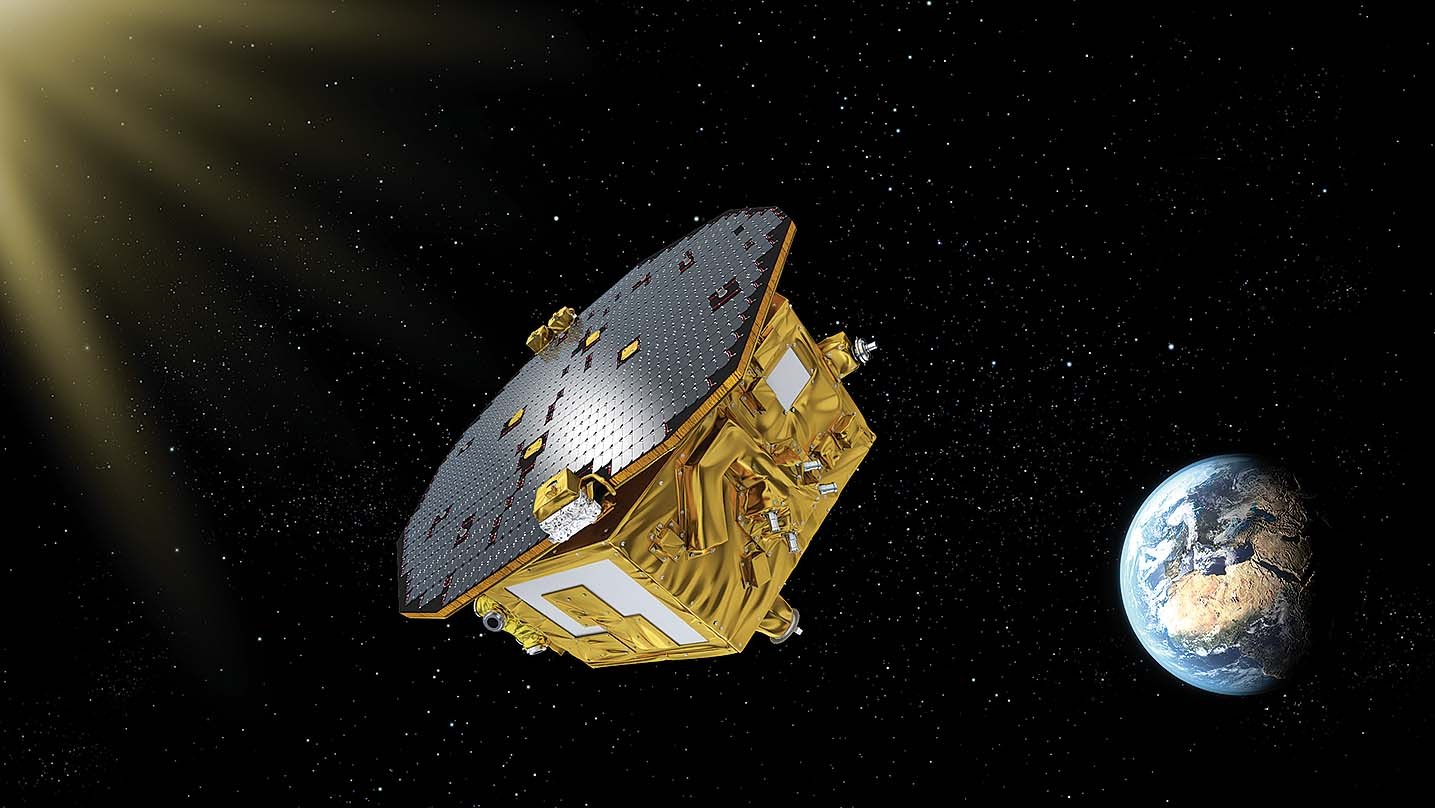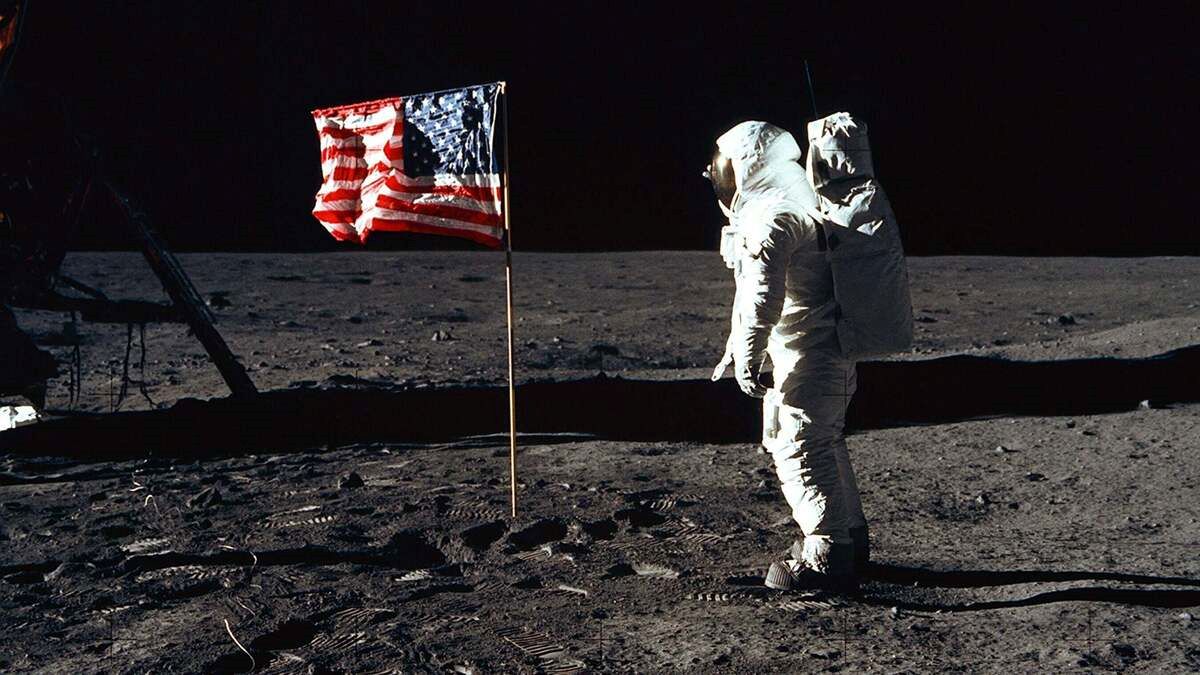
Spaceborne gravitational wave detectors are revolutionizing our understanding of the universe. These ingenious devices are designed to detect and measure the ripples in spacetime caused by the most cataclysmic events in the cosmos, such as colliding black holes and neutron stars. While many people are familiar with ground-based gravitational wave detectors like LIGO (Laser Interferometer Gravitational Wave Observatory), the emerging field of spaceborne detectors offers unique advantages and exciting possibilities.
In this article, we will explore 12 surprising facts about spaceborne gravitational wave detectors that will leave you in awe of the extraordinary capabilities of these cutting-edge instruments. From their construction and deployment in space to their significant contributions to our understanding of the universe, these detectors are pushing the boundaries of our knowledge and opening up new avenues of exploration. So, buckle up and get ready to embark on a cosmic journey that will challenge your understanding of the universe we call home!
Key Takeaways:
- Spaceborne gravitational wave detectors are like cosmic detectives, using high-tech tools to sense ripples in spacetime caused by powerful cosmic events. They help us map the universe and uncover its hidden secrets.
- These detectors have opened up a whole new era of astronomy, allowing scientists to study the universe in ways never before possible. Their incredible sensitivity and ongoing advancements promise even more exciting discoveries in the future.
Groundbreaking Discovery
Spaceborne Gravitational Wave Detectors have revolutionized our understanding of the universe by detecting gravitational waves – ripples in spacetime caused by the most powerful cosmic events.
LIGO and Virgo
The Laser Interferometer Gravitational-Wave Observatory (LIGO) and the Virgo interferometer are two of the most prominent spaceborne gravitational wave detectors. They have successfully observed numerous gravitational wave events.
Launching into Space
Spaceborne gravitational wave detectors are sent into space to minimize disturbances from Earth’s atmosphere and gravitational noise, allowing for more precise detections.
International Collaboration
Scientists from around the world collaborate on spaceborne gravitational wave detector missions, pooling their expertise and resources to advance our knowledge of the universe.
Sensing the Cosmic Dance
Gravitational wave detectors sense the subtle stretching and squeezing of space caused by massive cosmic events like black hole mergers and neutron star collisions.
Extreme Precision
Spaceborne gravitational wave detectors use high-powered lasers and intricate mirror systems to measure infinitesimal changes in the distance between mirrors caused by passing gravitational waves.
Mapping the Universe
By detecting gravitational waves, spaceborne detectors help scientists create detailed maps of the distribution of matter in the universe, shedding light on dark matter and dark energy.
Unveiling Cosmic Secrets
The information gathered from gravitational wave detections allows scientists to investigate phenomena such as the formation of black holes, the evolution of galaxies, and the nature of the early universe.
A New Era of Astronomy
Spaceborne gravitational wave detectors have opened up a new field of astronomy, providing a unique way to study the universe and explore phenomena beyond the reach of traditional telescopes.
Chirping Gravitational Waves
Gravitational waves emitted by merging black holes or neutron stars are often described as “chirps” due to the distinct pattern of increasing frequency over time.
Unprecedented Sensitivity
Spaceborne gravitational wave detectors are incredibly sensitive, capable of detecting changes in distance as small as one-thousandth the size of a proton.
Inspiring Future Discoveries
The ongoing advancements in spaceborne gravitational wave detectors hold the promise of unveiling even more surprising facts about the mysteries of the universe, inspiring future generations of scientists and researchers.
These were just 12 surprising facts about spaceborne gravitational wave detectors. Their significance in unraveling the secrets of the universe cannot be overstated. With their groundbreaking discoveries and potential for future revelations, these detectors continue to push the boundaries of our understanding of the cosmos.
Conclusion
The field of spaceborne gravitational wave detectors is a fascinating and rapidly evolving one. From the groundbreaking discoveries made by LISA Pathfinder to the potential discoveries awaiting the upcoming LISA mission, these detectors are revolutionizing our understanding of the universe and the phenomenon of gravitational waves. With their ability to detect gravitational waves from sources such as black hole mergers, pulsars, and the early universe, these detectors provide a new window into the hidden secrets of the cosmos.
As technology continues to advance, the future of spaceborne gravitational wave detectors looks promising. These detectors have the potential to unravel more mysteries of the universe and deepen our knowledge of Einstein’s theory of general relativity. With each new discovery, we get closer to unlocking the secrets of the universe and gaining a better understanding of our place within it.
Spaceborne gravitational wave detectors are truly pushing the boundaries of our knowledge and taking us on an incredible journey into the depths of the cosmos.
FAQs
1. What is a spaceborne gravitational wave detector?
A spaceborne gravitational wave detector is a specialized instrument designed to detect and study gravitational waves from space. It uses precise laser interferometry techniques to measure tiny changes in the distance between test masses caused by passing gravitational waves.
2. How do spaceborne gravitational wave detectors work?
Spaceborne gravitational wave detectors work by using laser interferometry. They send laser beams between test masses separated by long arms in a triangular formation. When a gravitational wave passes through, it induces tiny changes in the arm lengths, which are detected by the interference pattern of the laser beams.
3. What are the advantages of spaceborne gravitational wave detectors?
Spaceborne detectors have several advantages over ground-based detectors. They are free from disturbances caused by Earth’s atmosphere and seismic activity, allowing for more accurate measurements. They can also detect lower-frequency gravitational waves, providing a broader view of the universe.
4. What can spaceborne gravitational wave detectors detect?
Spaceborne gravitational wave detectors can detect a wide range of gravitational waves, including those produced by black hole mergers, neutron star collisions, pulsars, and the residual waves from the cosmic microwave background radiation. They can also potentially detect primordial gravitational waves from the early universe.
5. What is the significance of spaceborne gravitational wave detectors?
Spaceborne gravitational wave detectors have the potential to revolutionize our understanding of the universe. They can provide insights into the nature of gravity, the formation of galaxies, and the evolution of the cosmos. They can also help us test Einstein’s theory of general relativity and explore the uncharted territory of gravitational waves.
Gravitational wave detectors in space are just the beginning of our cosmic exploration. Dive deeper into the mysteries of the universe with mind-blowing astrophysics facts that will leave you in awe. Embark on a journey through enigmatic space missions and uncover the secrets they hold. Don't forget to explore the fascinating world of LISA, a groundbreaking mission that will revolutionize our understanding of the cosmos. Get ready to have your mind expanded and your curiosity piqued as you unravel the wonders of the universe.
Was this page helpful?
Our commitment to delivering trustworthy and engaging content is at the heart of what we do. Each fact on our site is contributed by real users like you, bringing a wealth of diverse insights and information. To ensure the highest standards of accuracy and reliability, our dedicated editors meticulously review each submission. This process guarantees that the facts we share are not only fascinating but also credible. Trust in our commitment to quality and authenticity as you explore and learn with us.


